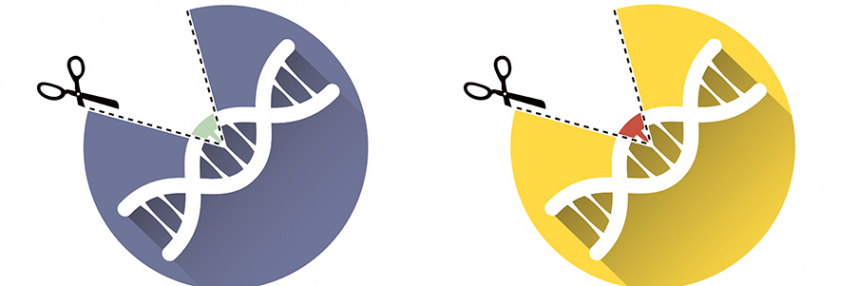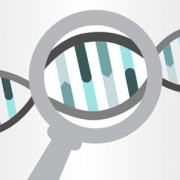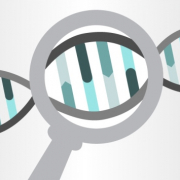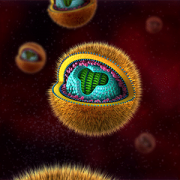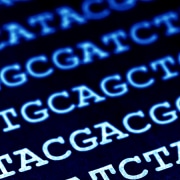Gene editing meets gene therapy
Despite continued ethical debate, latest advances in gene editing technologies are poised to transform patient treatment
Gene therapy is a brilliant concept: if genetic defects result in disease, why not use genetic engineering to correct them, curing or lessening symptoms? In practice, reliably and safely introducing the desired genetic changes proved problematic; some could not be achieved (for example, deleting harmful genes is much harder than introducing healthy ones), and others caused unintended, potentially harmful ‘off-target’ effects. Getting the changes made where they are needed in the body and making them last are also difficult. The good news is that recent revolutionary advances in gene editing now allow the introduction of a wide range of therapeutic genetic changes to cells with relative ease and accuracy, reducing the risk of unexpected side-effects.
Editing ethics
The use (theoretical or actual) of gene editing to modify human embryos has provoked intense ethical debate, and generated attention-grabbing headlines, but this is in many respects misleading. Issues of safety are likely to place embryonic gene editing applications firmly off limits for some time to come: there’s too much we don’t yet understand about the incredible complexity of the human genome, and alternative approaches to prevent the birth of children with severe inherited diseases, notably preimplantation genetic diagnosis.
Nevertheless, gene editing is already proving useful. Besides the boost to medical research provided by the sudden ability to rapidly create genetically engineered animal models of disease and stem cell lines, there are also many therapeutic uses.
Benefits for blood disorders
Applications in disorders involving the blood are most advanced, avoiding the problems of delivery and long-term duration of effect as it is much easier to sample, change and replace affected cells. Eventually, gene editing may help make gene therapy a reality for a much wider range of conditions, though whilst safety concerns persist, severe disease such as Duchenne Muscular Dystrophy are likely to remain the priority.
Gene editing has already been cleverly combined with stem cell therapy to cure intractable form of blood cancer in a baby, and we are likely to see more of such treatment in the future, whether using a patient’s own (genetically altered) blood cell precursors – the ideal solution to prevent rejection of the implanted cells – or carefully modified donor versions to repopulate their blood with healthy cells.
Besides cancers, other haematological disorders such as sickle cell anaemia, haemophilia or thalassaemia could similarly benefit from this sort of approach, as might some forms of autoimmune disease such as lupus or rheumatoid arthritis.
A new approach to infectious disease
Other trials are examining whether gene editing can be used to treat HIV, by engineering patients’ immune cells to resist infection and destruction by the virus by removing the cell surface receptor to which the virus attaches. People without this receptor have a natural resistance to infection; treatment could allow patients already infected to retain healthy immune systems – perhaps even be cured by clearing the virus from their bodies completely.
Gene editing may be useful to combat other serious viral infections, such as hepatitis B; disabling viral genomes rather than their human cell receptors is of particular interest, although the ability of viruses to quickly mutate may mean that effective gene editing therapy might need to take out multiple viral targets simultaneously, much as combinations of antiviral drugs are often used.
–


